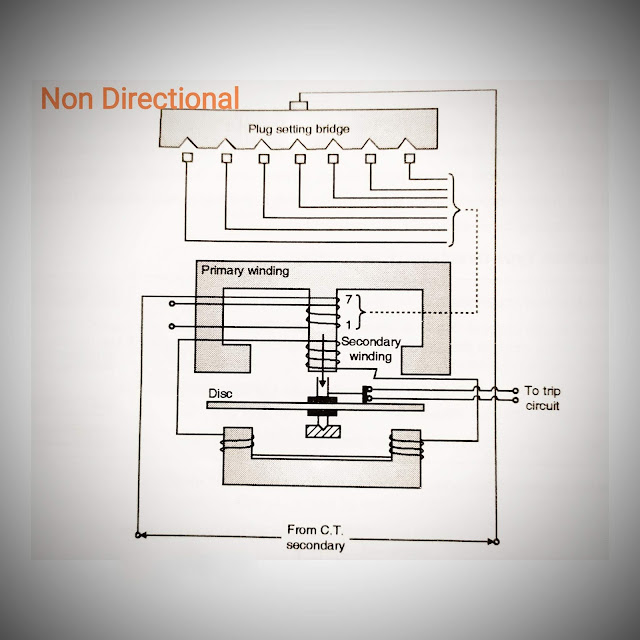Scenario of power sector in Gujarat

Scenario Of Power sector in Gujarat Indian power sector is facing challenges despite the significant growth in generation capacity over the past few decades. The power situation in India is characterised by demand in excess of supply, high transmission and Distribution losses, peak demand and energy shortages, low plant load factors and decreasing availability of best quality fuel to run the power plants. However, over the last few years, Gujarat has successfully crossed all these barriers. Gujarat has become successful in securing its overall energy requirements with installed power generation capacity of 23,927 MW (as of Aug 2012). Institutional structure of power sector in Gujarat In the year 1999, the state of Gujarat established the Gujarat Urja Vikas Nigam Limited (GUVNL) under the Companies Act, 1956. The GUVNL was created by the Gujarat Electricity Board (GEB) as its wholly owned subsidiary towards restructuring of the power sector for bette...





